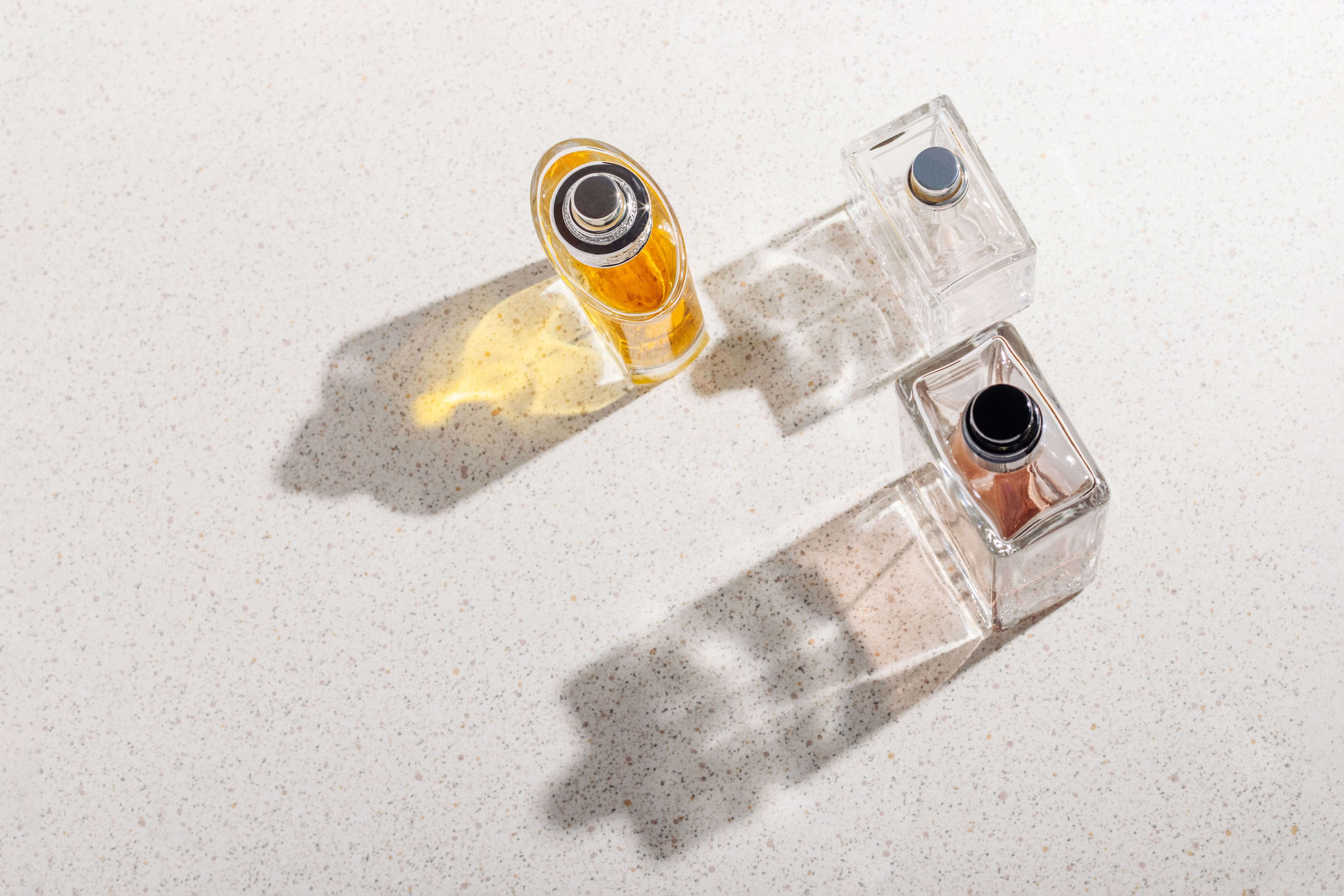Maria Candida Gentile talks about the art of creating with smells
From Dec. 8 to Jan. 7, Galleria Alberto Sordi hosted the sensory exhibition Profumo di Natale (Scent of Christmas): a display that enhanced the evocative power of the sense of smell, a sense that can surprise us in various ways. We talked about it with Maria Candida Gentile, nose, artist and eclectic professional. A lover of naturalness and authenticity, the maitre parfumier makes original creations that encapsulate a very strong history and identity, bordering between perfumery and contemporary art. She told us the secrets of her profession, the power of olfactory marketing and how perfumes can open the door to new perceptions.
What is the path that led you to become a maitre parfumier?
Mine has been a special path, born out of a deep passion for smells and scents that has been with me all my life. This propensity toward the sense of smell led me to delve into the study of the healing properties of plants and the alchemical transformation of materials. Subsequently, I graduated from the perfumery school in Grasse and then started working with my own creations.
What do you think are the necessary skills for your profession?
More than gifts, gifts are needed. For example, sensitivity, curiosity, creativity and critical spirit. We are like painters, but we paint with smells instead of colors: in schools you learn the technique, but then you have to bend the notions learned to your artistic inclinations. But not everyone has them; some have a completely different approach. Many, in fact, compose following patterns, accustomed to going along with a brief: in this way, however, there is less creativity, there is less art.
Can you tell us more about what olfactory marketing is and how it affects buying behavior?
Similar to the other senses, marketing leverages psychology, focusing on the evocative power of smells and the ability to capture the customer’s attention. In a place where there are products to sell, a seductive scent leads people to stop. Thus a potential customer may be attracted to lavender because it relaxes him or blackthorn because it calms him, and this may predispose him to purchase.
In this way, fragrances can influence the perception of a brand…
A fragrance surprises, creates emotions. Fragrance can engage us, draw us in like the notes of a song we like. In this way, smells can become fixed in our memory and, as a result, we end up associating them with a brand. Thus scent helps the brand to give itself a precise and recognizable identity, within a multisensory process that also involves visual, sound, and tactile sensations.
Can you tell us more about how an inspiration or idea is translated by you into fragrance?
Basically, I buy a lot of natural essences around the world, products that have deep vibrations with our body. Then, whether it’s for a brand, a hotel, a person, I create everything bespoke, use only natural elements and dig behind the stories. For me, it is fundamental to study a place, to be able to drop into the context: to do that takes a lot of sensitivity, technique is not enough. That’s why I also work a lot in the artistic field.
Can you tell us more about that?
Over the years, I have formed a partnership with Luca Vitone, and together with him I have made achromatic olfactory sculptures. For the 55th Venice Biennale, for example, we created Per l’eternità: a work for which I produced the smell of eternit, a material that was used for so many years in construction and then turned out to be terribly harmful. Last year, however, we made Il Gladiolo Fulminato, an olfactory reinterpretation of a work by Filippo De Pisis, which was exhibited at the Museo del Novecento in Florence. Finally, I would mention A Tale of forked tongues, presented at the Museum of Contemporary Art in Siegen in 2022, dedicated to the genocide of Native Americans due to the use of smallpox as a biological weapon.
Instead, going back to fragrances, is there any work that you are particularly proud of?
I am proud of all my works, however, I feel like mentioning a work on the color white carried out in Borgo Egnazia, in Puglia, from which the White fragrance was born. After much research done on the site, I macerated ambrette, that is, the inside of the disc flower, a natural powder that tastes like talcum powder, and made a unique fragrance. For me this means creating with smells: a path made of high quality, deep research and utmost sensitivity.
16 May


latest news
Archive
